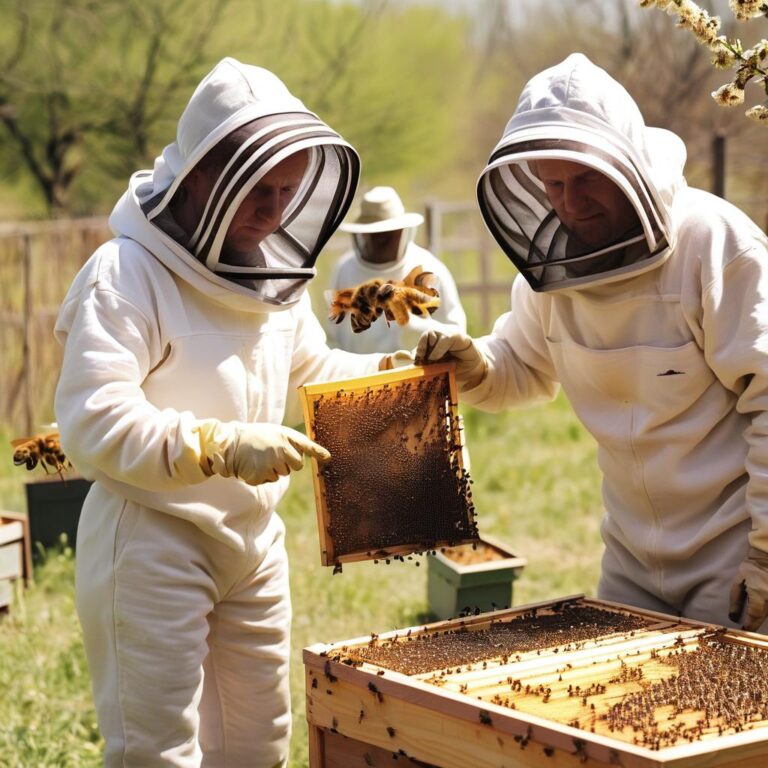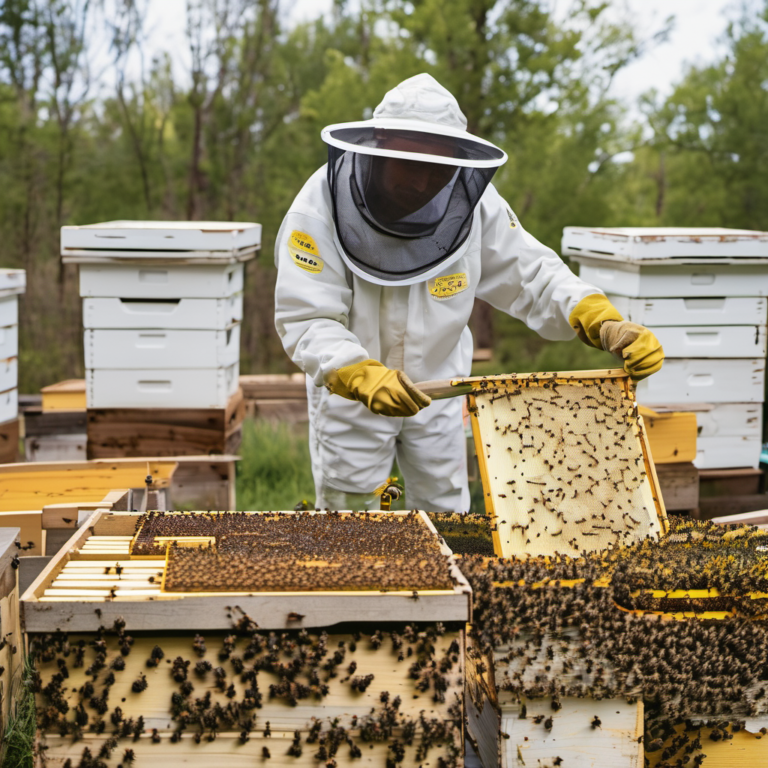Problems & Earning of USA Bee Keepers-7 Reasons
Earnings of USA Bee Keepers The earnings of beekeepers in the USA can vary significantly based on experience, location, and the scale of their operations. On average, a beekeeper in the United States earns around $50,508 per year, which equates to about $24.28 per hour (ZipRecruiter) (PayScale). However, this figure can range widely. Key Factors Influencing Beekeeper Earnings Experience and Skill Level: Beekeepers with several years of experience tend to earn more. For instance, mid-career beekeepers can earn around $65,000 annually, while those just starting might earn closer to $41,905 per year (PayScale). Location: Geographic location plays a significant role in determining earnings. For example, beekeepers in states like California and Washington often earn above the national average due to higher demand for pollination services…

